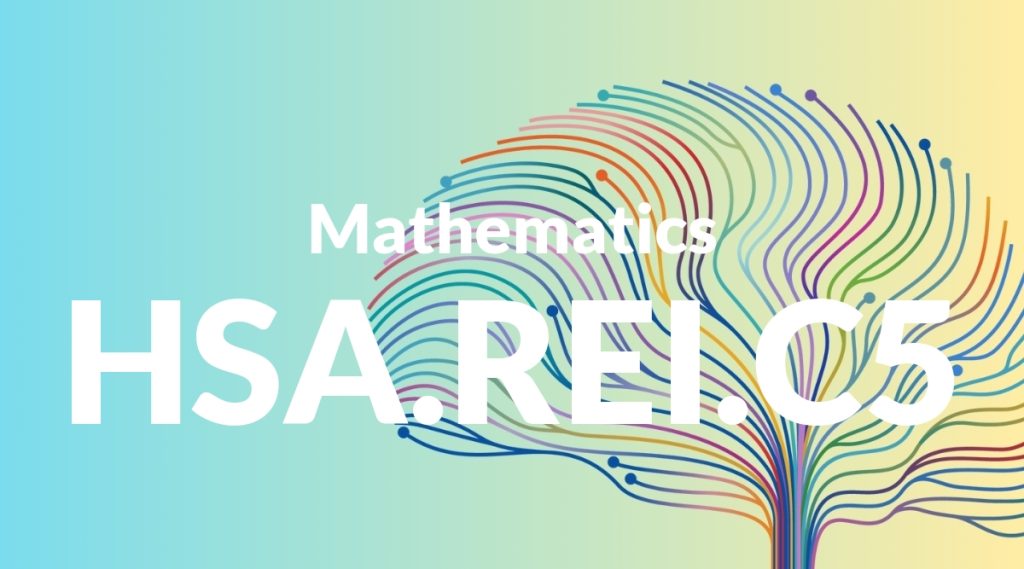Standard: HSA.REI.C5 – Prove that, given a system of two equations in two variables, replacing one equation by the sum of that equation and a multiple of the other produces a system with the same solutions.
Grade level: High School: Algebra
Subject: Mathematics
Domain: Reasoning with Equations & Inequalities
Teacher Overview
This standard focuses on proving that a system of equations remains consistent when one equation is replaced by the sum of that equation and a multiple of the other. This concept is crucial for understanding how to manipulate and solve systems of equations efficiently, which is a fundamental skill in algebra. Ensure students are comfortable with solving single-variable equations and understand the basic principles of algebraic manipulation and systems of equations.
Mastering this standard prepares students for more advanced topics in algebra and other subjects that require solving complex systems of equations, such as physics, engineering, and economics.
Common Misconception 1
A common misconception is that altering one equation in a system will change the solutions. This is incorrect because the operation of adding a multiple of one equation to another does not change the solution set.
Intervention 1
Use graphing calculators or software to visually demonstrate that the intersection point (solution) remains unchanged after the operation. This visual proof can help solidify the concept.
Common Misconception 2
Another misconception is that the sum of two equations must be treated as a separate equation to solve. This misunderstanding can lead to confusion and incorrect solutions.
Intervention 2
Provide guided practice with step-by-step instructions, emphasizing that the combined equation is part of the same system and simplifies the process of finding the solution.
Prerequisite Knowledge
Students should have a foundational understanding of solving single-variable equations, basic algebraic manipulation, and the concept of a system of equations.
Subsequent Knowledge
After mastering this standard, students will be able to solve more complex systems of equations, including those with three or more variables, and apply these techniques to real-world problems in various fields such as physics, engineering, and economics.
Instructional Activities
- Graphing systems of equations to visualize solutions
- Using substitution and elimination methods to solve systems
- Applying algebraic manipulation to real-world problems
- Collaborative group work to solve complex systems




